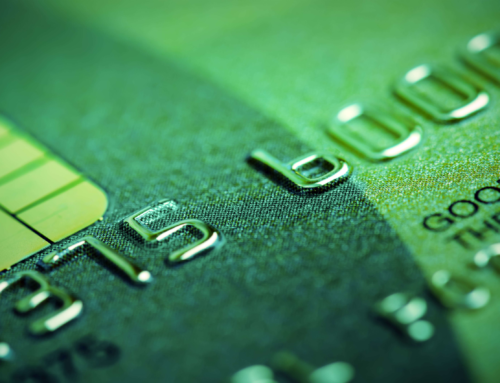If you don’t know where you’ve come from, you don’t know where you’re going.
– Maya Angelou
Let me start by saying that I hate budgets. If this blog gets any traction, you’ll read that statement many, many times. Lots of personal finance blogs, money coaches, advisors, etc will focus on creating a budget…allocating certain amounts to certain buckets. Not this guy. However, one aspect of a budget does make sense, and that’s tracking your spending. So why should we track spending?
Well, Maya Angelou answered that. Basically, we’ve got to capture a baseline so we can know where to start making changes toward growing wealth. You may not realize how much money you’re actually spending on things that turn out not to be that important to you. And in this age of subscription services, there are very likely a couple of recurring payments out there for something you’re not using. That reminds me, I need to make sure I cancelled that Columbia House subscription…

If you’re one of those people that looks at your bank account between pay periods and wonders where all the money has gone, then this blog’s for you (well, at least this post anyway). For many, tracking expenses seems such a daunting task because the tools out there can be overwhelming and intimidating. Tools can be great, but only if they’re the right tool for the job. If you’re someone who is just getting into the personal finance game, pointing you to a piece of software and telling you to link all your accounts and categorize your spending down to the penny is like telling you to change a floodlight with a power sander. It’s going to be difficult and create a big mess.
This is the same spreadsheet I use every month, twice a month. It’s designed to be simple. List what you spend in the first column and what you save in the second column. In our case, my wife and I get paid from our day jobs twice per month so when you scroll down, you’ll see a second pay period for the second half of the month. The spreadsheet has some basic calculations built in. The fields highlighted in green indicate a calculated field so don’t type in there or you’ll screw everything up. Actually, if you do, it’s not a big deal. Just press Ctrl+Z or Command+Z and you’ll be fine.
Spreadsheet Pro Tips
Drop a note and let me know if you find the spreadsheet helpful or if you’d like to see something else in it…or if you think it’s garbage.








